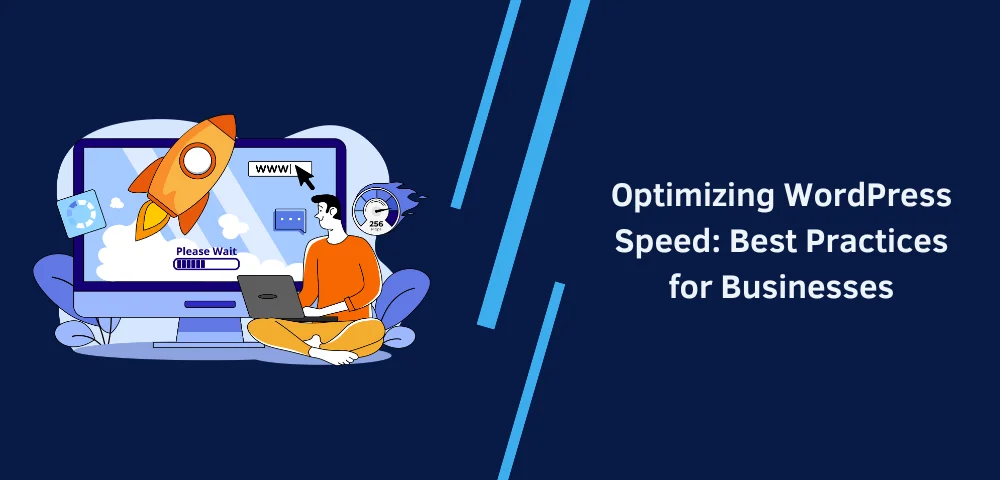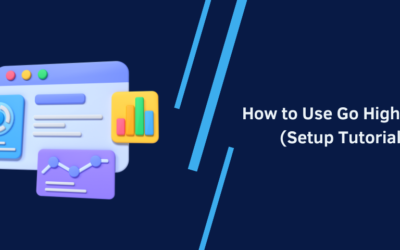Website speed is a foundational factor in how users engage with a brand, how pages rank in search engines, and how effectively a site converts visitors into customers. In WordPress, performance bottlenecks often come from a combination of hosting limitations, overloaded plugins, inefficient themes, and poorly optimized content delivery.
Without attention to these layers, from the server setup to frontend scripts, page load times increase, bounce rates rise, and revenue opportunities are lost. This article outlines proven techniques for speeding up WordPress sites across five key areas: core performance factors, technical infrastructure, frontend tactics, backend and database improvements, and long-term monitoring.
Core Performance Factors in WordPress
Website speed begins at the server level. Hosting providers impact response times through the quality of their hardware, geographic proximity, and resource allocation. Poor server configuration leads to latency before any page load optimization begins.
Theme and plugin architecture have a direct impact on performance. Heavy themes with excessive scripts or visual builders increase page size and introduce rendering delays. Plugins that load assets site-wide or generate database queries on every request introduce consistent overhead.
Database performance depends on query logic and schema efficiency. Poorly indexed tables, frequent post meta lookups, or non-optimized search queries create execution delays that compound under traffic.
Content delivery inefficiencies often originate from large image files, render-blocking scripts, and embedded third-party assets. Every external call adds latency, especially when uncompressed or loaded synchronously.
WordPress performance is shaped by this stack, server, codebase, data structure, and payload. Speed gains come from reducing complexity, execution time, and load dependencies across these layers.
While plugins can help, real gains in load time often come down to high-quality WordPress development, clean code, optimized queries, and performance-first architecture that eliminates unnecessary bloat from the start.
Technical Setup and Hosting Choices
Hosting infrastructure determines baseline performance. Managed WordPress hosting provides optimized server stacks with isolated resources, faster response times, and built-in caching layers. In contrast, shared hosting environments introduce resource contention and inconsistent throughput.
Up-to-date PHP versions improve execution speed and memory efficiency. PHP 8+ handles concurrent requests faster and processes scripts with lower latency. Server-side caching mechanisms, such as FastCGI and OPcache, reduce redundant execution cycles and serve frequently requested content instantly.
CDN integration distributes static assets across global edge nodes, reducing geographical latency and offloading traffic from the origin server. Content is cached closer to users, improving time to first byte and total load time.
HTTP/2 and HTTP/3 protocols optimize connection handling with multiplexing, header compression, and reduced handshake overhead. These protocols improve asset delivery without altering content.
DNS configuration affects lookup time. Using premium DNS services with faster resolution speeds reduces the delay before the browser even connects to the host server. SSL certificates must also be properly configured to avoid connection delays, especially when paired with HTTP/2.
Frontend Optimization Tactics

Image delivery impacts first visual load. Compressing files and using next-generation formats like WebP or AVIF reduces size without degrading quality. Proper dimensioning eliminates excess scaling during rendering.
CSS and JavaScript assets require cleanup. Minifying removes whitespace, while concatenation merges multiple files to reduce HTTP requests. Deferring non-critical scripts prevents render-blocking during initial paint.
Lazy loading delays the load of images, videos, and iframes until they’re needed. This reduces initial payload and accelerates visual readiness for users.
Third-party scripts increase load time. Ads, analytics, fonts, and embeds often block rendering or load synchronously. Loading only what’s essential and deferring the rest limits their performance impact.
Frontend performance is achieved through file reduction, load order control, and selective execution of assets. Each asset optimized or delayed move the user closer to an immediate experience. These improvements should be reviewed during WordPress maintenance cycles to keep the frontend lean and efficient.
Backend and Database Optimization
Backend efficiency shapes server response under load. Optimizing database structure and execution logic reduces latency at every request cycle.
- Query optimization: Use indexed fields, limit post meta queries, and avoid complex joins. Review slow queries and refine them for minimal load impact.
- Database cleanup: Schedule regular purges of transients, revisions, spam comments, and orphaned metadata to reduce table size and query overhead.
- Custom post types and taxonomies: Structure content to reduce reliance on broad queries or excessive use of meta fields. Balanced taxonomy use improves retrieval time.
- Caching layers: Object caching (e.g., Redis or Memcached) stores database call results and reduces redundant queries; page caching plugins (e.g., WP Rocket, Cache Enabler) serve static HTML versions to unauthenticated users, bypassing PHP execution.
- Plugin strategy: Limit the number of active plugins. Replace bulky tools with lean, custom-built functionality where possible. Audit for asset footprint and query behavior before deployment.
Backend speed improves through structural clarity, intelligent caching, and the elimination of unnecessary runtime processes. Each millisecond saved reduces the load on both the database and the application logic.
Monitoring, Testing, and Continuous Improvement
Performance management requires active measurement. Tools like Google Lighthouse, PageSpeed Insights, GTmetrix, and WebPageTest provide detailed audits of load time, asset weight, and blocking elements. These insights highlight both frontend and server-side inefficiencies.
Core Web Vitals track user-centric metrics such as layout shift, input delay, and content loading speed. Monitoring these indicators helps prioritize optimization tasks based on impact to real-world experience.
Automated audits and alert systems ensure regressions are caught early. Integrating performance checks into CI/CD workflows enforces standards before deployment and prevents unnoticed degradation.
Treating speed as a continuous process, which aligns technical workflows with business goals. Site performance must evolve alongside content, features, and user behavior to maintain a competitive edge.



